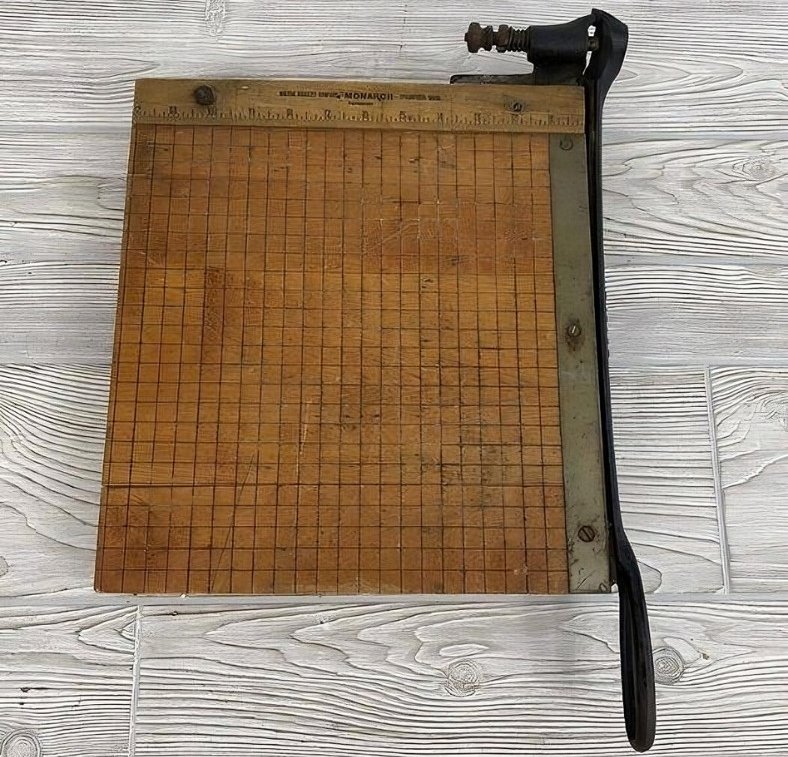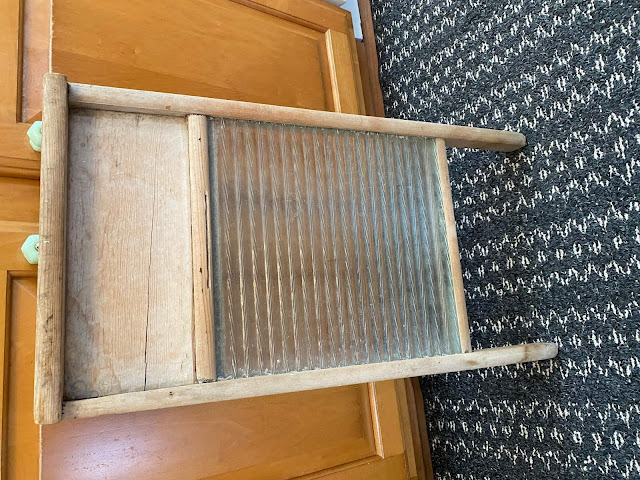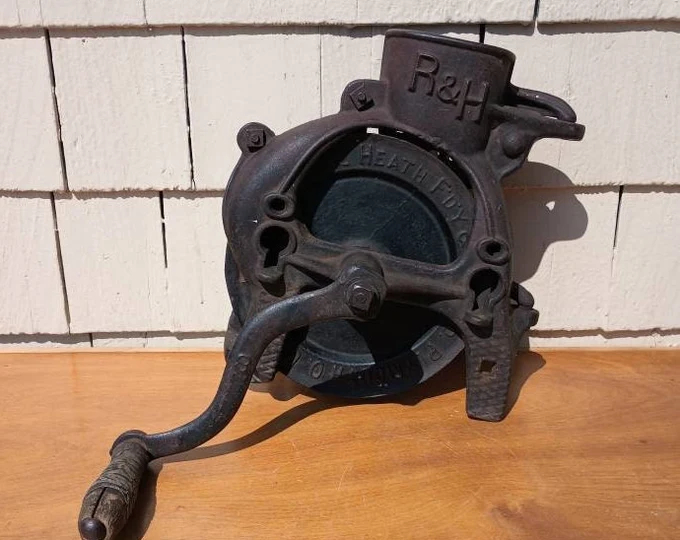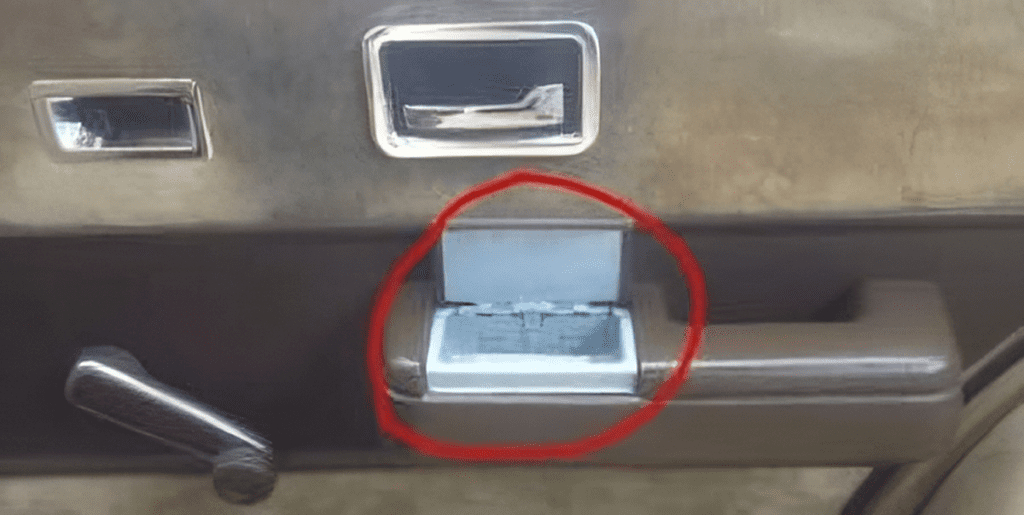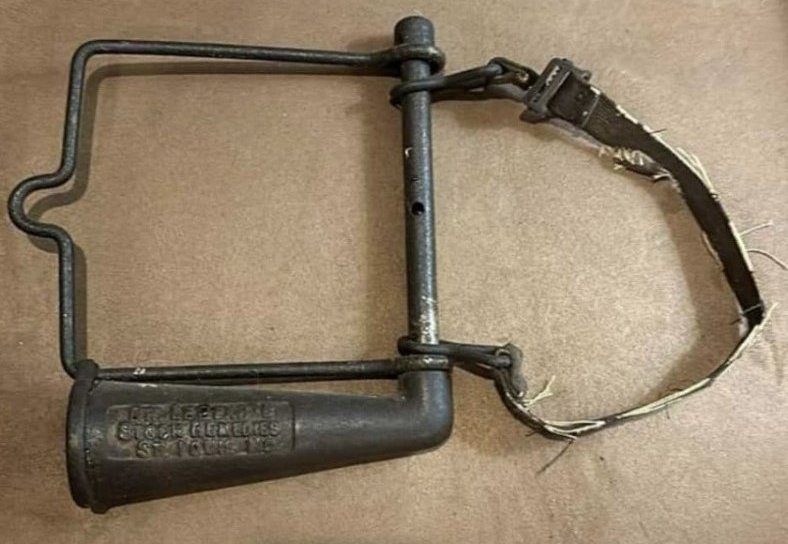The Antique Horse Drencher: A Window to the Past
Delving into the rich history of equine care, we uncover a fascinating relic from a bygone era – the antique horse drencher. This artifact, passed down through generations, serves as a testament to the ingenuity and resourcefulness of veterinary professionals in times past.

Exploring the Role of the Drenching Bit
In the mid-20th century, the draught-horse drenching bit played a pivotal role in veterinary practices. Crafted in brass with a leather strap and funnel, it facilitated the administration of remedies to colicky horses. A rope attached to the bit allowed veterinarians to lift the horse’s head, aiding in the drenching process.
Transitioning to Modern Techniques
While the drenching bit was an effective tool in its time, advancements in veterinary science led to the adoption of safer and more efficient methods. By the 1950s, stomach tubes became the preferred tool for administering drenches, rendering drenching bits obsolete.
Craftsmanship and Design: A Hallmark of the Past
Examining the antique horse drencher reveals the meticulous craftsmanship and attention to detail that characterized its creation. The brass construction, leather strap, and funnel design exemplify the adaptability and functionality of veterinary tools in that era.
Innovation and the Evolution of Equine Care
The antique horse drencher serves as a testament to the innovative spirit that has long driven the field of veterinary science. It symbolizes the ongoing journey of caring for our equine companions, where each generation builds upon the knowledge and discoveries of the past.
Honoring the Past, Embracing the Future

Source: Worth Point
Preserving relics like the horse drencher honors the contributions of those who came before, while offering valuable insights into the ever-evolving nature of equine care. It reminds us of the enduring bond between humans and horses, a bond that has spanned generations and continues to shape our understanding of the equine world.
The antique horse drencher is more than just a relic; it is a window into the rich history of equine care. By exploring this captivating artifact, we gain a deeper appreciation for the ingenuity, craftsmanship, and unwavering dedication of those who have dedicated their lives to the well-being of our four-legged companions. As we move forward, it is our responsibility to preserve these vestiges of the past, ensuring that the lessons and insights they offer continue to inspire and guide the future of veterinary science.
